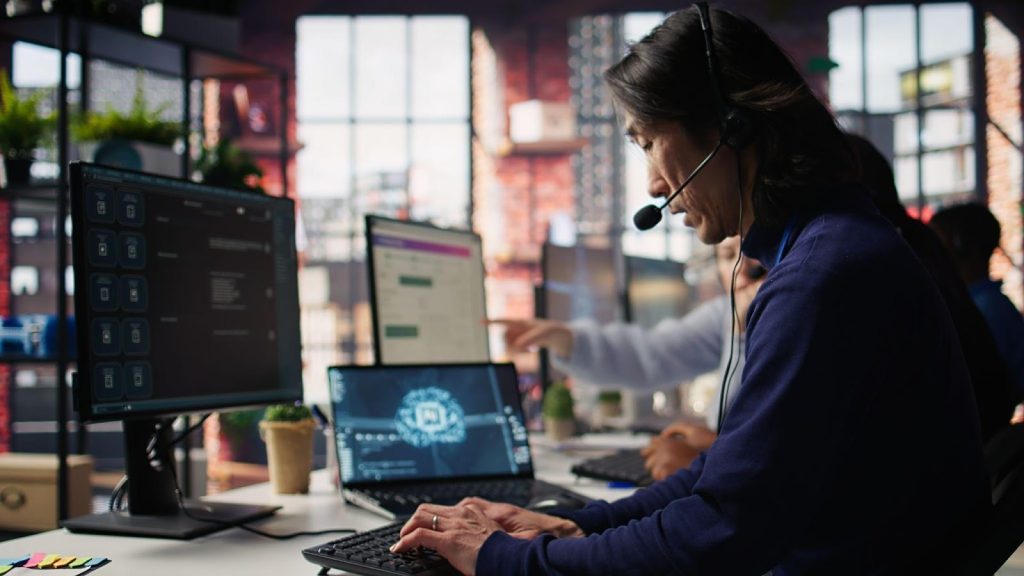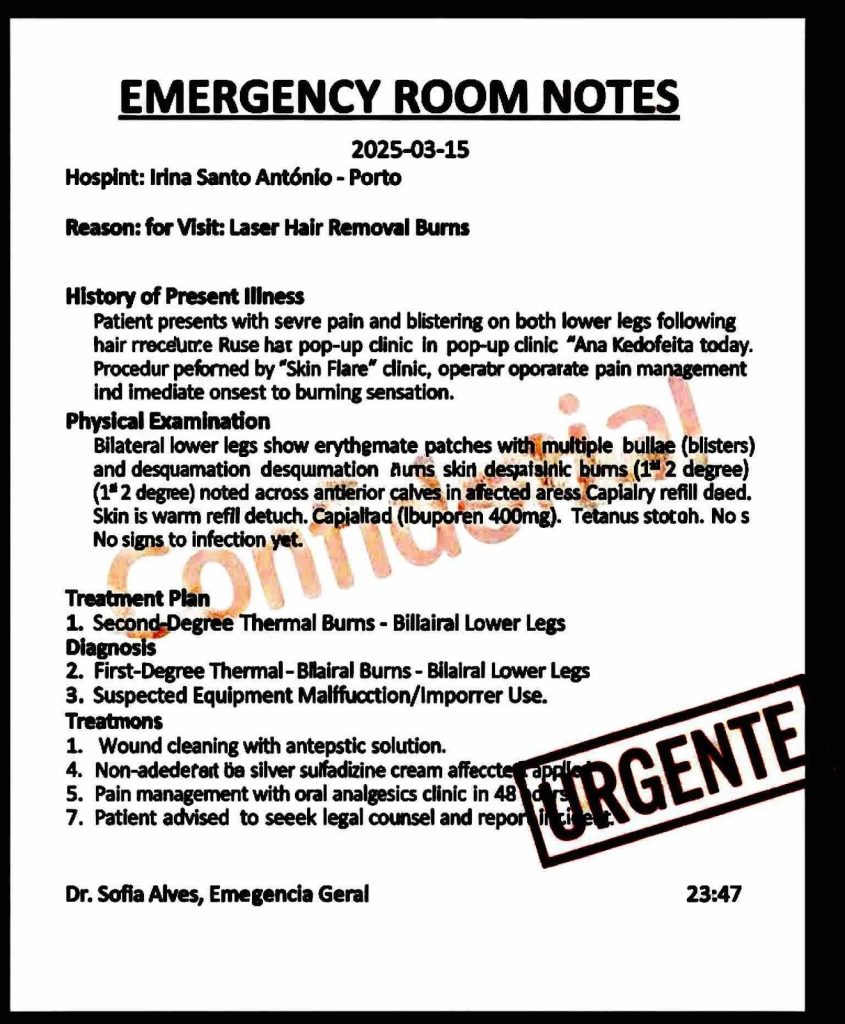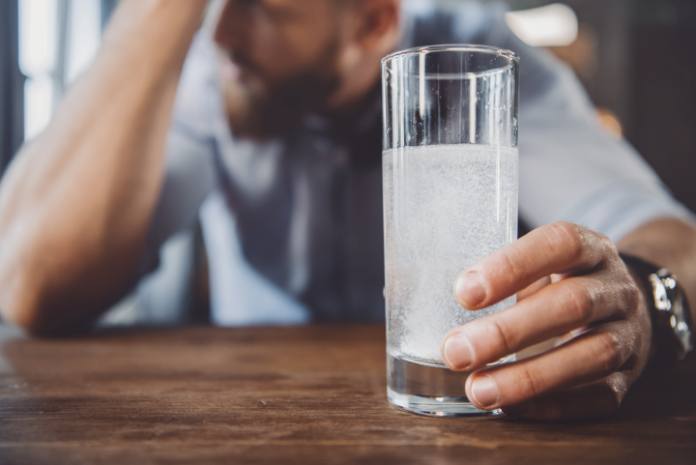Chicago Eases Some COVID-19 Restrictions On Bars And Restaurants : NPR

People eat outside of a restaurant in Skokie, Ill., Thursday, June 18, 2020. Starting Oct. 1, the city of Chicago will allow more capacity at bars and restaurants.
Nam. Y Huh/Associated Press
hide caption
toggle caption
Nam. Y Huh/Associated Press
Six months into the pandemic with ‘sufficient progress’ made against COVID-19, Chicago Mayor Lori Lightfoot plans to loosen some restrictions on businesses beginning on Thursday.
Bars can once again serve customers inside and, along with restaurants, serve alcohol until 1 a.m. Some businesses, including restaurants and health and fitness centers, can expand capacity to 40%. Groups of kids who attend after-school programs can get a little bigger, and facials and shaves can resume.
Lightfoot announced the changes in a statement on Monday, saying they are possible because the city has improved several key metrics that government and public health leaders use to guide how much or little to restrict to slow the spread of the new coronavirus.
The move also comes as businesses already devastated by the coronavirus prepare for what they fear could be a brutal fall and winter if even more sales dry up.
“Over the past six months, we have asked so much of our business community. But each time, our businesses have stepped up to the plate,” Lightfoot said in the statement. “Thanks to this cooperation, we have met this challenging moment with grace, commitment and resilience, and the sacrifices made by our businesses, workers and residents have saved countless lives. This next step in our reopening is good news for business owners as well as the communities they serve and the thousands of residents that work for them.”
Before a press conference where Lightfoot outlined the revised limits on businesses, the city had said in an embargoed release that it would announce updated Halloween guidelines. But a city spokesman said the city will be releasing those guidelines at a later date.
Here’s what’s driving Lightfoot’s decision to ease up restrictions on businesses: Chicago has the lowest rates of people hospitalized for the virus or dying of it in months, with an average of two to three deaths per day compared to about 50 a day during the peak of the pandemic this spring, the city said. The so-called positivity rate for the percentage of people who test positive for COVID-19 is 4.5%.
COVID-19 continues to disproportionately affect Black and Latino communities, Lightfoot’s statement said, adding that Chicago officials will watch trends closely, especially among essential workers and people of color.
Here are more details about some of the restrictions City Hall plans to loosen:
- Restaurants, health and fitness centers, personal services, nonessential retail and other businesses that were limited to 25% indoor capacity can increase that to 40%. Businesses still will be limited to a total of 50 customers within one room or space at restaurants and other venues, as well as no more than six people per table. Restaurant customers have to wear a mask at all times inside, except when “actively” eating and drinking.
- Breweries, taverns, bars and other businesses that serve alcohol without a food license can reopen with indoor seating at 25% capacity or 50 people, whichever is fewer. Customers still can only stay for up to two hours, and bars without food have to make food available, such as handing out menus or partnering with other food establishments. Customers have to be seated when eating, drinking or ordering. These businesses can sell alcohol until 1 a.m. The city wants restaurants and bars to get emails and phone numbers from patrons too, for possible contact tracing.
- Businesses that sell alcohol to go, such as liquor and grocery stores, still only can only do so until 9 p.m.
- Fitness and health classes, as well as after school programs, can increase group sizes from 10 to 15 people.
- Facials, shaves and other services that require people to remove masks and other face coverings are allowed once again.
The city also announced a partnership with Tock to provide a free six-month subscription service to restaurants and bars in low-income areas that don’t have a reservation system. The system also would give businesses the ability to keep customers’ cell phone numbers and email addresses to follow up with should someone get the coronavirus.
During her press conference, Lightfoot specifically urged the public to wear face coverings while dining.
“As a person who tries to dine out and support our local businesses, I know that this requirement is a pain in the butt,” Lightfoot said. “Let’s just be blunt about it. But it is absolutely necessary to protect you, protect other diners, and importantly protect the workers who are coming to your table.”
Sam Toia, president and CEO of the Illinois Restaurant Association, said there are around 171,000 jobs in the hospitality restaurant industry at roughly 7,200 restaurants. He said the industry is committed to make sure they follow health guidelines, such as mandatory face coverings and social distancing. Their livelihood is at stake.
“Covered faces keep open places,” Toia said. “We understand that.”
Chicago Public Health Commissioner Dr. Allison Arwady said now was a good time to loosen some restrictions on businesses. She pointed to more metrics that help guide her decisions. Hospitalizations have been declining since late August. So have the number of people showing up in hospital emergency departments who have symptoms that might be COVID-19. Arwady said that is one of the city’s fastest alert systems.
“If we’re going to try to move ahead here, and everybody recognizes that we’re moving into colder weather, the time when we’ve been on a consistent decrease for a month, and everything is in line with what we laid out, it’s the right time to move ahead cautiously,” Arwady said.
Kristen Schorsch covers public health on WBEZ’s politics and government desk. Follow her @kschorsch.








